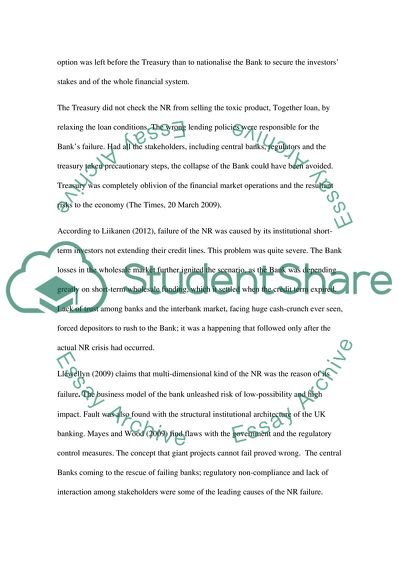Cite this document
(The UK Northern Rock Bank Essay Example | Topics and Well Written Essays - 1500 words, n.d.)
The UK Northern Rock Bank Essay Example | Topics and Well Written Essays - 1500 words. https://studentshare.org/marketing/1818992-the-uk-northern-rock-bank
The UK Northern Rock Bank Essay Example | Topics and Well Written Essays - 1500 words. https://studentshare.org/marketing/1818992-the-uk-northern-rock-bank
(The UK Northern Rock Bank Essay Example | Topics and Well Written Essays - 1500 Words)
The UK Northern Rock Bank Essay Example | Topics and Well Written Essays - 1500 Words. https://studentshare.org/marketing/1818992-the-uk-northern-rock-bank.
The UK Northern Rock Bank Essay Example | Topics and Well Written Essays - 1500 Words. https://studentshare.org/marketing/1818992-the-uk-northern-rock-bank.
“The UK Northern Rock Bank Essay Example | Topics and Well Written Essays - 1500 Words”. https://studentshare.org/marketing/1818992-the-uk-northern-rock-bank.


